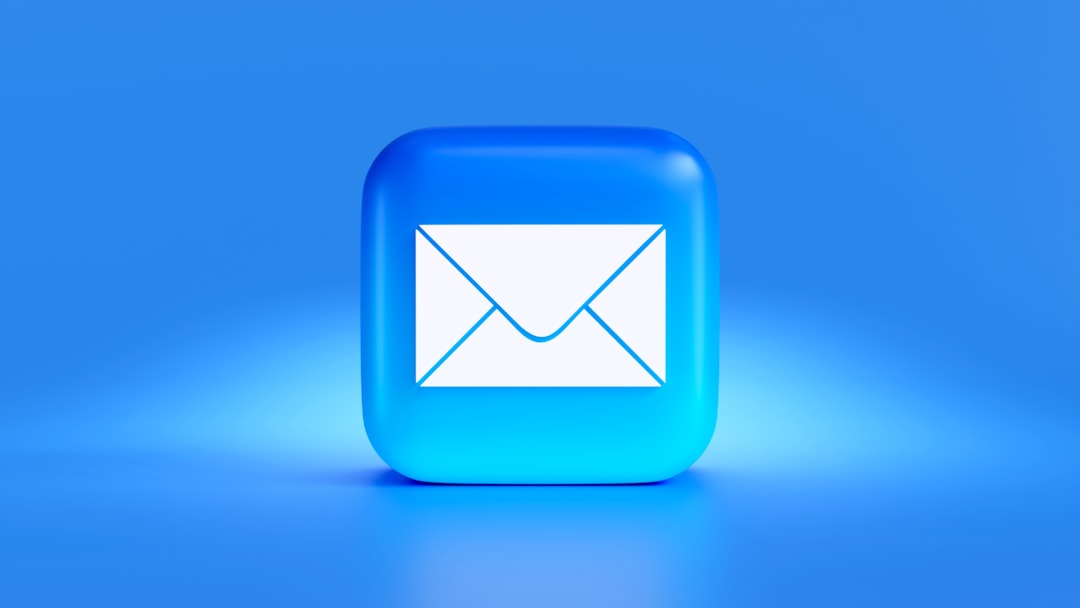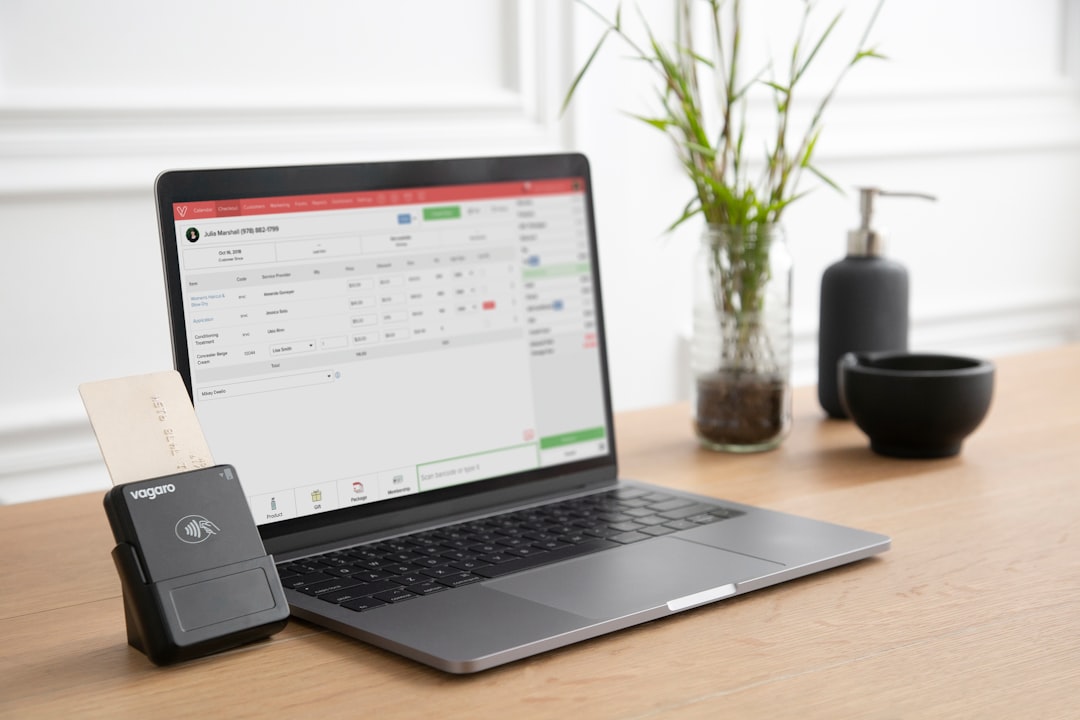Freelancing is awesome. You get to be your own boss, work in your pajamas, and avoid rush hour traffic. But then comes the not-so-fun stuff like… invoicing. Ugh, right? Don’t worry — invoicing doesn’t have to be scary. In fact, it can be kind of fun (okay, maybe not fun, but painless at least).
Let’s go over how to invoice like a total pro — quickly, easily, and stress-free!
Why Invoicing Matters
It sounds obvious, but it’s important: if you don’t invoice, you don’t get paid. Simple.
A good invoice does 3 things:
- It shows your client exactly what they’re paying for.
- It makes your business look professional.
- It helps you keep track of your money.
Still with me? Awesome. Now let’s learn how to do it right.
Step 1: Use a Template
No need to start from scratch every time. Use a professional-looking invoice template. You can find free ones online or use tools like:
- FreshBooks
- Wave
- PayPal Invoicing
- Canva (yep, even Canva has templates!)
You just plug in your info and go. It’s like magic!

Step 2: Include the Essentials
Your invoice needs to have all the important details. Don’t leave your client guessing. Here’s what to include:
- Your name or business name
- Your contact info: email, phone number, website (if you have one)
- Client’s name and contact info
- An invoice number (this helps with tracking)
- The date the invoice is sent
- A list of services provided (be clear and specific)
- The amount you’re charging for each item
- Total due
- Payment due date
- Payment methods accepted (PayPal, bank transfer, etc.)
When in doubt, add more info — not less. Clarity = faster payment.
Step 3: Choose the Right Payment Terms
This is one of the biggest mistakes freelancers make — being too vague about when and how you want to be paid.
Instead, be clear. For example:
- “Payment due within 14 days”
- “Late payments incur a 2% monthly fee”
- “Accepted payments: PayPal or direct transfer to the below bank account”
Set these terms in advance and include them in every invoice.
Step 4: Send It Like You Mean It
Once the invoice is ready, send it out without delay. Pro tip: don’t wait until the end of the month if you agreed to bill per project. The sooner you invoice, the sooner you get paid.
Use a subject line like:
- “Invoice #10243 for [Project Name]”
And include a short, friendly note in the email body. Something like:
“Hi [Client Name],
I hope you’re doing well! Attached is my invoice for [project name]. Please let me know if you have any questions. Thanks so much!”

Step 5: Follow Up Without Fear
Didn’t get paid on time? It’s okay to follow up. You’re not being annoying — you’re just running a business.
Send a polite reminder a few days after the due date. If needed, escalate to a second reminder a week later.
Pro tip: Keep it cool and professional, but stay firm.
Bonus Tips to Level Up
- Keep a spreadsheet of all invoices — sent, paid, and overdue.
- Use automation tools to save time on recurring invoices.
- Add your logo to stand out and look legit.
- Always keep a backup of your invoices when using cloud tools.
Invoicing = More Than Just Getting Paid
It’s part of building your reputation. When you invoice clearly, professionally, and on-time, clients are more likely to trust you, hire you again, and refer you to others.
So, grab that template, type in your details, and hit send with confidence. You’re not just a freelancer — you’re a business owner. And now you’re invoicing like a pro!
 freelancer success, happy freelancer, getting paid[/ai-img>
freelancer success, happy freelancer, getting paid[/ai-img>

